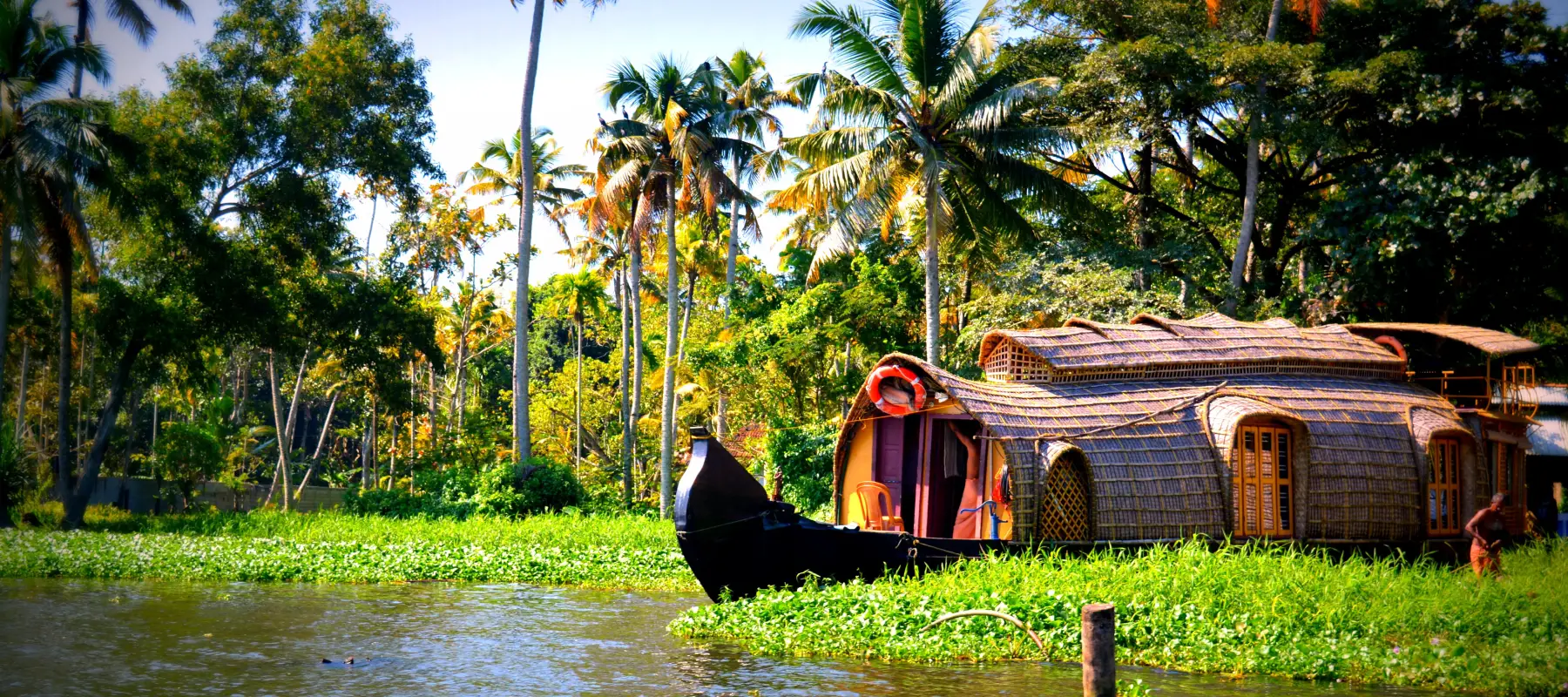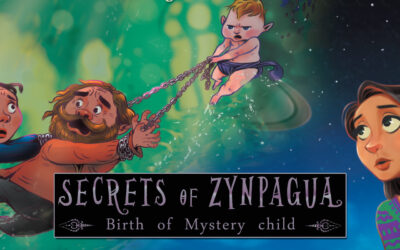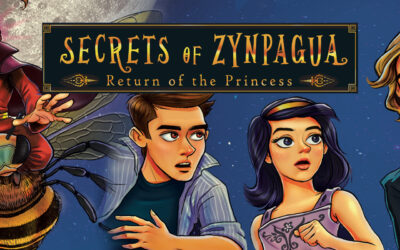Travellers to this haven will find it pristine and pure.
The silhouette of palm trees cools the shimmering sand, which is lapped up now and again by embracing waves. The trees beseech you to nestle in their arms, calling out to the tired mind. This is Kerala – a haven to stop at, and sigh, and see heaven on earth!The magic of ‘god’s own country’ is a reminder that behind the curtains of heat and dust of industrial and urban life, lie environs that hum with the lilting strains of being one with nature. A visit to Kerala is about taking in the wonder of its natural beauty, its antiquity and rich history. Resplendent monuments stand as framed portraits of life in yesteryears.
A reminder that behind the curtains of heat and dust, lie environs that hum with the lilting strains of being one with nature
Memoirs from the past
As one of the oldest civilisations in the world, India’s story is written in its ancient scriptures and texts. A reading of these texts tells us where Kerala began its journey. The earliest written evidence of Kerala can be found in the Sanskrit text Aitareya Aranyaka. It is also mentioned in the accounts of foreigners such as Megasthenese, the Greek ambassador to the court of Emperor Chandra Gupta Maurya, who authored the book Indica.
Kerala has witnessed changes in the regimes of rajas and lords who came to rule and added their unique colour to the region. Malayalam is the main language and is believed to have originated from Tamil, the main language of neighboring state Tamil Nadu. With the passage of time (during 8th to 14th century), a unique and distinct Malayali identity evolved, which is different from that of a Tamilian.
The 15th and 16th centuries were the eras of geographical discoveries which prompted the movement of people between continents and countries. Vasco da Gama, a Portugese trader, who came to Kerala in 1498, was the first European to discover the sea route to India, and promoted trade in spices. He built the first Portuguese fort at Kochi in 1503. Foreigners have come to Kerala in succession, with one defeating the other (the Dutch dominated the Portuguese, who in turn were vanquished by the British), and left their impression on this land.
The abode of the gods
Kerala is the land where beauty lives in its enchanting backwaters, refreshing beaches, soothing hill stations, mesmerising greenery, and soaring monuments – making it truly God’s abode on earth. Every destination in Kerala, from Kochi to Poovar, is unique and enthralling – pristine and pure in their natural untouched avatar.
Vibrant Kochi
The monuments at Kochi take us on another journey through the annals of the past. The St Francis Church at Fort Kochi is the oldest church built by the Europeans. Vasco da Gama’s body was buried here, and was later moved to Lisbon after 14 years.
Another example of architectural individuality is the synagogue. Built in 1568, it inspires awe and its magnificence is accentuated by Chinese tiles and Belgian chandeliers.
The Dutch Palace at Mattancherry is an imposing structure, where coronation ceremonies of many raj as of Kochi, have been performed. The palace was originally built by the Portuguese and later modified by the Dutch in the 17th century. Its exclusive mural paintings exquisitely depict scenes from the Hindu epics Mahabharata and Ramayana.
The Parikshit Thampuran Museum is the building where rajas would hold their durbars. It was later converted to a museum, and today houses treasures from ancient times.
The beach at Fort Kochi bustles with activity as visitors throng the stalls selling mouth-watering traditional cuisines. One can see fisherman struggling with their huge Chinese nets, as they go about scouting for fish.
In greener pastures
The Cherai Beach (on the outskirts of Kochi) is located on the northern end of Vypeen islands. Cherai offers the inimitable mélange of sea beach on one side and the backwaters on the other, tranquilly hidden from the hustle and bustle of Kochi. The backwaters are where the resorts are, designed in traditional Kerala style of architecture. Visitors can de-stress here with the best Ayurvedic massages.
The call of the forests and strong aroma of tea leaves cajole you to head to one of the most picturesque hill stations, Munnar, which is a four-hour drive from Kochi. The journey there reminds you of all your childhood fantasies; the fairy sitting on a cloud, dancing daisies, Alice in Wonderland, and much more. As you ascend higher and higher up the narrow twisting and unwinding road, you see rivulets gushing down the mountain side singing subtly to the tune of the cool air. Hiding and peeping from the sides of the road are the cardamom and fruit trees that accompany you all the way to Munnar.
Munnar, a tiny hill station hidden by forests and covered by tea gardens, is a travellers’ delight. One should not miss the thrilling motor rides on the Mattupetty river which the local, ingenuous inhabitants coax you into joining. On the ‘joy ride’, the motor boat takes you at full speed in to the lap of the river, and while nature is busy mesmerising you, the boat plays a prank and ensures that you turn a right angle, so you literally “feel water trickling over you”. The Mattupetty Dam is also a well known destination for visitors. Small shops at the market near the dam sell wood artifacts and curios that are unique and priced at a discount.
The call of the forests and strong aroma of tea leaves cajole you to head to one of the most picturesque hill stations, Munnar
The Mattupetty river is surrounded by forests on one side and tea gardens on the other. Amid the tall grasses and trees, you can catch glimpses of wild elephants with tusks strolling along in the lush green forests. There are various facets of Munnar which one should not miss: The tea gardens, the wildlife sanctuary, the tea market, and a solitary walk. The tea gardens stretch throughout the mountains, alluring visitors with their greenery and aroma. The world’s best varieties of tea, and especially green tea, are available at Munnar’s markets.
The next destination one should head straight to from Munnar is Alleppey, “the house of the house boats”. Known for its lagoons and backwaters, Alleppey’s houseboats welcome you aboard. And before you know it, you are chanting your childhood song, “Row row row your boat…”
The boat blissfully takes you to the deep backwaters surrounded by coconut and palm trees on lonely, but lovely islands. As you reach the interiors of the backwaters, a convoy of small boats arrive offering pearls, fish, flowers, and other memento, surely in exchange for money!
It is a three-hour drive from Allepey to Thiruvananthapuram (erstwhile Trivandrum), by car. Towards the outskirts of Thiruvananthapuram, you can take a detour to Varkala beach.
Thiruvanathapuram (the abode of God Anantha’) is the capital city of Kerala. While here, the places to visit are Kovalam – one of the finest beaches in India, Vizhinjam, an ancient airport, Veli Lagoon, the boat club, and Thenmala, the first eco-tourism project near Thiruvanathapuram. Concealed amid the backwaters and seashores, on the southern tip of Thruvanan thapuram is Po-ovar Island. This is an estuary island with a thin peace of land segregating the Arabian Sea from the backwaters.
Cuisines of Kerala
Kerala offers an array of dishes to suit both vegetarians and non-vegetarians. A typical Kerala feast referred to as Sadya, is served on a clean banana leaf. The main items on the menu include sambhar, rasam, kichadi, toren, (vegetable), papad and payasam.
Two dishes which are unique and on popular demand are puttu and appam. Puttu is rice powder and grated coconut steam cooked together. Appam is a kind of pancake, which is circular in shape. It is made of rice and fermented with a small amount of toddy.
When served with Toren or chicken curry, they are simply delicious.
What to shop in Kerala: On the list of must buys are select spices, ivory items, gold, and coir products.
A familiarity with its language Malayalam, certainly helps in communicating with the local inhabitants. Some common expressions which you could use while communicating with them are: nandi (thank you), ade (yes), alya (no), sugmado (How are you?), va (come), evada (here), veluum (water), peru inda? (What’s your name?), and vital po (come home).
Kerala epitomises the perfect camaraderie between land, sea, and the backwaters which gives a feeling of ethereal bliss. A car drive through the sprawling palms and a boat ride through the backwaters should not be I missed for anything in the world.


